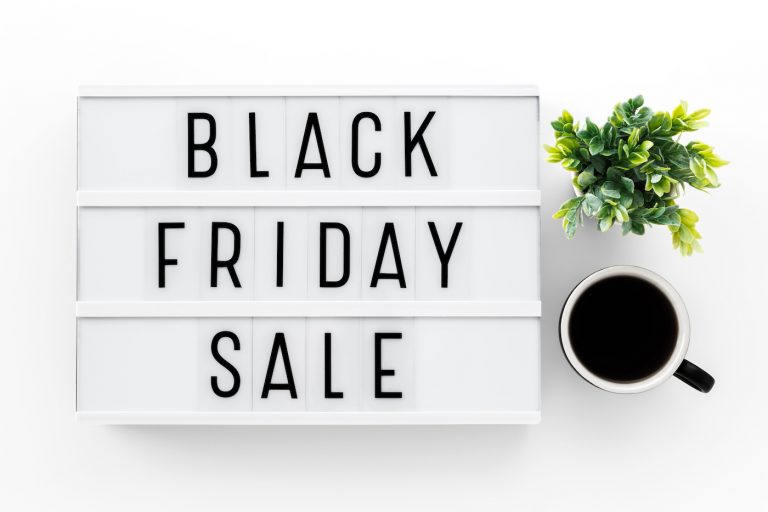Sue Azari, Industry Lead eCommerce, AppsFlyer provides some insight into the tips, tricks and strategies for mobile app success this Black Friday
As new global eCommerce players expand their influence in both European and US markets, traditional SME brands are having to navigate a rapidly evolving landscape. These platforms have gained traction by offering  ultra-low prices, fast product turnarounds, and leveraging viral social media trends to create demand in real-time. This shift is reshaping consumer expectations, prompting established brands to rethink their strategies, particularly for major retail events like Black Friday.
ultra-low prices, fast product turnarounds, and leveraging viral social media trends to create demand in real-time. This shift is reshaping consumer expectations, prompting established brands to rethink their strategies, particularly for major retail events like Black Friday.
We are already seeing a significant evolution in strategies among leading eCommerce platforms this year. Rather than focusing solely on mass user acquisition, these marketplaces are now prioritising deeper engagement with existing users. This shift signals a new challenge for brands: investing more in retention and re-engagement to prevent customer attrition during the competitive holiday season.
Changing Seasonality: Black Friday Comes Earlier Than Ever
Consumer shopping behaviour has dramatically shifted in recent years, with Black Friday peak activity now starting much earlier. Global eCommerce platforms have launched successful marketing campaigns well ahead of the traditional November surge. For instance, many retailers have begun spreading out their promotions, ramping up app installs as early as the summer months.
In 2023, retailers like Amazon initiated early promotions, such as Prime Day in July, which influenced competitors to introduce similar sales events. Retailers such as Target and Walmart launched summer and autumn sales, allowing them to spread out demand and ease supply chain pressures. This approach enables brands to capitalise on lower advertising costs while avoiding the intense competition and price spikes of November.
Insights for SME Marketers: Preparing for Black Friday 2024
Marketers at SMEs must now look beyond the traditional November window to succeed in Black Friday 2024. Leading brands focus on building momentum earlier in the year by running app install campaigns and engaging with customers months in advance. This strategy not only reduces costs but also helps establish a solid user base before the critical shopping period.
Key Strategies for Success
- Early Acquisition: Launching install campaigns earlier in the year is proving effective. For instance, Best Buy’s “Early Black Friday” promotions in October 2023 in the US allowed it to capture consumers when ad costs were lower. Similarly, Amazon’s “Countdown to Black Friday” generates urgency and excitement by unveiling new deals in the weeks leading up to the event.
- Retention and Re-engagement: Retaining existing users is more crucial than ever. Target utilised its app-based loyalty program, Target Circle, to drive repeat business by offering exclusive deals to loyal users a week before the general public. This strategy deepens customer engagement and capitalises on existing relationships, reducing the need for constant new customer acquisition.
- Targeted Retargeting: Brands like Sephora have refined its retargeting strategies to maximise the impact of Black Friday. These efforts were successful in boosting customer re-engagement and driving sales ahead of the major shopping day. Targeted retargeting campaigns allow brands to capture customers before the competition heats up in November.
- App Optimisation: Optimising the user experience has become a priority, especially as mobile shopping continues to rise. In 2023, Walmart invested in its mobile app by streamlining checkout and offering personalised product recommendations. These enhancements drove higher app installs and conversions, positioning Walmart favourably for the holiday season. App performance has become a critical component of eCommerce success, and retailers should prioritise these improvements well ahead of Black Friday.
Leveraging Loyalty and Acquisition
Our data shows that nearly 60% of first-time buyers become repeat customers if engaged effectively. Black Friday, therefore, presents an excellent opportunity for SMEs to convert new customers into loyal shoppers while nurturing existing relationships. SMEs need a dual approach – one that distinguishes between prospective and loyal customers.
Successful retailers often grant loyal customers exclusive early access to Black Friday deals. Best Buy, for example, utilised its My Best Buy program in 2023 to reward loyal shoppers, generating strong sales before the broader public event began. This strategy strengthens loyalty and ensures long-term engagement.
Conversely, Black Friday is also a prime opportunity to attract new customers through enticing, personalised deals that encourage first purchases. By combining acquisition strategies with loyalty rewards, brands can ensure a balanced approach that drives immediate revenue while building lasting relationships. Patagonia’s “Don’t Buy This Jacket” campaign, which was designed to make consumers think twice about purchasing new items and to encourage them to consider the environmental impact of their buying habits, exemplifies a branding strategy that sparked conversation and aligned with its core values while cutting through the promotional noise.
By strategically focusing on both acquisition and retention, SMEs can transform Black Friday into a platform for long-term success rather than a one-day sales event.



